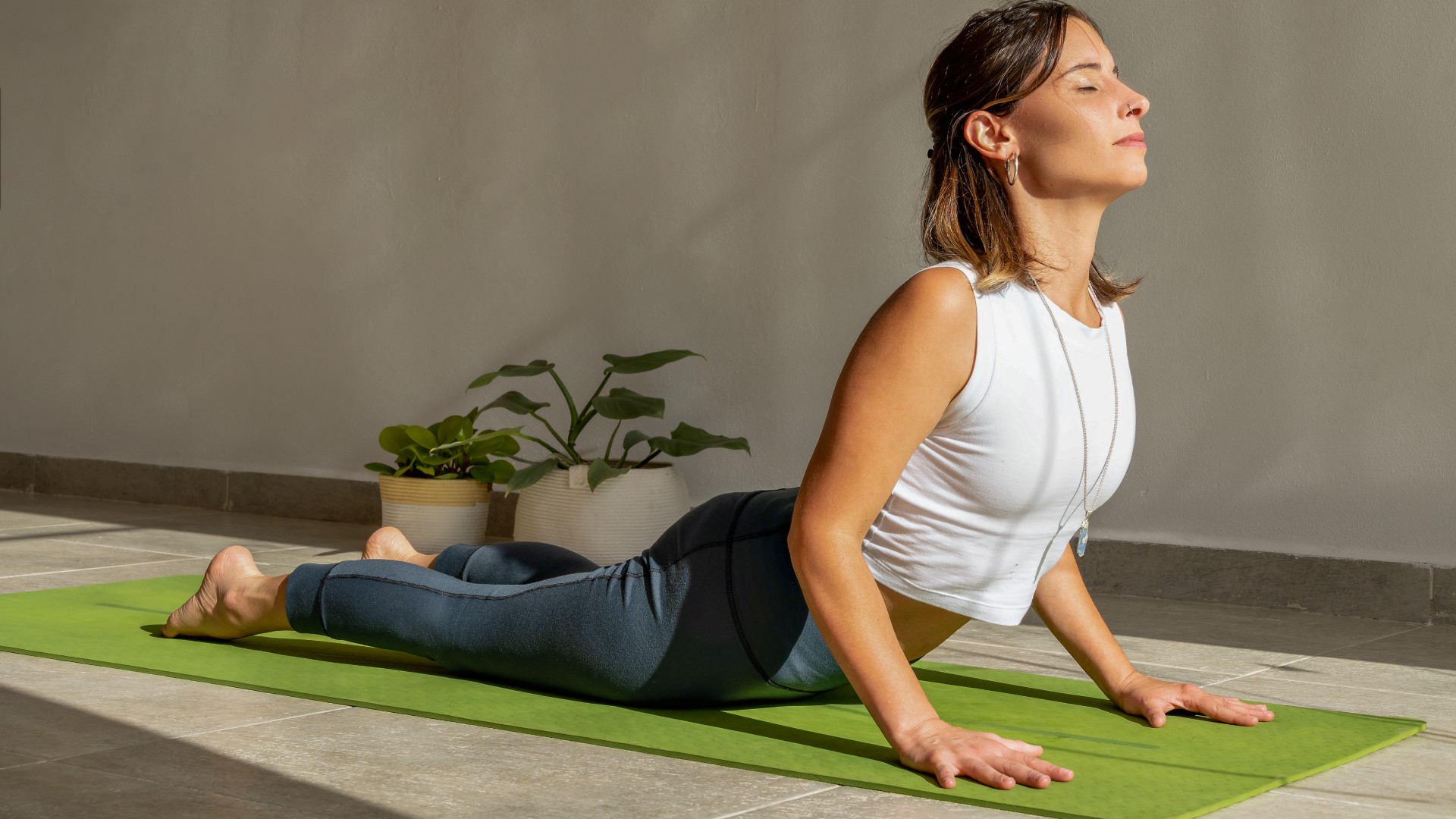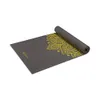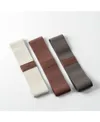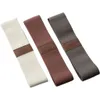
We don’t just want to lengthen our muscles, we want to strengthen them, too. You can do both with this five-move personal-trainer-approved (that’s me) routine using just an exercise mat and some optional props.
The idea is to build flexibility in the muscles across your whole body while increasing your range of motion using dynamic movements — ones that move your joints rather than just holding a stretch for minutes at a time. This routine touches on both, so that you can strengthen your joints and muscles, move with rhythm, stretch, flow and leave your body feeling taller, longer and stronger.
Deliciously invigorating “stretch and flow” routine incoming — and it only takes 10 minutes to leave your body feeling centered and ready to tackle the day.
Watch: Sam’s 5-move mobility routine for strength and flexibility
Below, I show you the exercises one by one so that you can really understand what you are doing, and provide a short introduction to the moves as well. Read on to see how you'll bring everything together for the flow.
Cat-cow
The first exercise is the cat-cow, which stretches the front body and abdomen while mobilizing the spine. This is an opportunity to center yourself on your mat and lock in, getting away from all the distractions around you.
For this exercise, focus on inhaling as you lower your stomach, then exhaling as you round your upper back. Move with your breath, allowing you to connect breath and body. I recommend 9-10 rounds.
Kickbacks
Next, you'll move into your glute kickbacks. Aim for 8-12 reps per side. You can wrap one of the best resistance bands just above your knees or focus on working with just your bodyweight.
Get instant access to breaking news, the hottest reviews, great deals and helpful tips.
This exercise stretches the hip flexors and works the gluteus maximus. Aim to squeeze your butt at the top of the movement and keep your hips square without arching your lower back. Move with control and don't rush!
Fire hydrants
After you have completed one round of your kickbacks, move directly into 8-12 fire hydrants per leg. Again, choose to use a band or work with your bodyweight. This exercise works the outer glutes, or the gluteus medius, so really focus on squeezing your butt as you lift your leg.
Again, try to avoid turning your hip outward or arching your back, and let all the movement come from abducting the hip and lifting the leg sideways.
Complete a round, and then either go back to your kickbacks and repeat both the kickbacks and hydrants for another round, or move on.
Bear squats
Before you begin your bear squats, start on all fours in a tabletop position and focus on lifting and hovering your knees inches away from the mat, then lowering them again for a few rounds.
Why?
Because not only does this switch on your quads, glutes and hamstrings, but it also trains your core muscles to engage. Keep your back flat and neutral, send your gaze to the top of your mat and scoop your stomach inward as you lift and pull up your ribcage as your knees raise. Once you've done this a few times, move into 8-12 bear squats (as above).
Pigeon
Finally, let's stretch it out. You can transition to this position however you like, but I like to take a downward-facing dog first and pedal out my feet to release my legs after the bear squats!
From here, you can sit upright or hinge forward at the hips to deepen the stretch into your glutes. The trick is to keep your hips square and rest on the front of the leg so that you don't place pressure on your knees; if that doesn't feel good, try placing a cushion beneath your butt or bringing your front foot closer to your body.
Still no joy? Check out the 90/90 stretch below instead. Hold for 1-2 minutes per side and focus on closing your eyes and breathing.
The benefits
Stretching your muscles aids flexibility, which is crucial for injury prevention, because tight muscles can create strain and tension and limit movement. However, your range of motion, or how much movement your joints can create, is also important. Think about moving a limb around a joint, like hip or arm circles.
Mobility routines use strength and control combined with movement to increase how far you can move and how easily. Together, flexibility and mobility will tell you a lot about your overall movement mechanics and how well you move on a functional level.
If you're unsure which to prioritize or want to learn more, my guide on stretching vs mobility is sure to help.

Follow Tom's Guide on Google News and add us as a preferred source to get our up-to-date news, analysis, and reviews in your feeds.
More from Tom's Guide
- I asked a personal trainer for the best full-body workout you can do without any weights — here’s what they sent
- Forget squats — this 20-minute chair yoga routine sculpts stronger legs and core muscles without weights
- 5 chair exercises that build functional strength after 50 — and they're beginner-friendly

Sam Hopes is a level 3 qualified trainer, a level 2 Reiki practitioner and fitness editor at Tom's Guide. She is also currently undertaking her Yoga For Athletes training course.
Sam has written for various fitness brands and websites over the years and has experience across brands at Future, such as Live Science, Fit&Well, Coach, and T3.
Having coached at fitness studios like F45 and Virgin Active and personal trained, Sam now primarily teaches outdoor bootcamps, bodyweight, calisthenics and kettlebells.
She also coaches mobility and flexibility classes several times a week and believes that true strength comes from a holistic approach to training your body.
Sam has completed two mixed doubles Hyrox competitions in London and the Netherlands and finished her first doubles attempt in 1:11.
You must confirm your public display name before commenting
Please logout and then login again, you will then be prompted to enter your display name.









